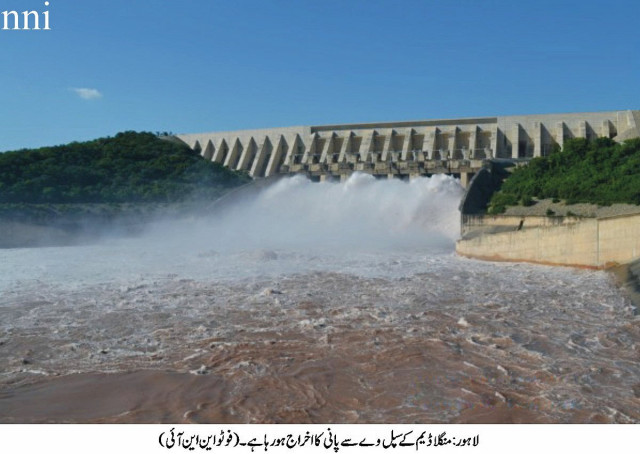Crop sowing: Lower-than-expected water shortage likely in Rabi season
Heavy showers take water to higher levels in major reservoirs.

The country will face a lower-than-expected water shortage of 5% to 10% in the upcoming Rabi sowing season in the wake of overflowing water storages following heavy rains and floods in Punjab and Azad Kashmir.
“The Indus River System Authority (Irsa) hopes that the country will face only 5% to 10% water shortage in the Rabi season beginning October 1 due to the filling of major dams,” said a senior government official while talking to The Express Tribune.
Earlier, the water management authority was expecting 25% to 30% water deficit in the crop sowing season.
However, officials suggested that the government should undertake measures to build more major reservoirs for water storage and if it failed the country would not be able to respond to the floods that were coming very frequently after every two years.
Pakistan has only two major dams – Tarbela and Mangla – and has experienced massive destruction because of floods in 2010, 2012 and 2014. This year, heavy rainfall started on September 4 and reached its peak on September 5-7.
“Irsa has stored 50% of the total water flow and the remaining 50% has gone downstream,” the official said.
Earlier, Irsa was releasing 135,000 cusecs from Mangla Dam, but it brought down the flow to the minimum at 20,000 cusecs in an attempt to stave off floods in Sindh. Water level in Mangla, which has been filled to capacity, has surged to over 1,241 feet compared to 1,227 feet earlier. In Tarbela Dam, water level has gone up to over 1,538 feet from 1,533 feet.
“We have stored one million acre feet (MAF) of water in Mangla Dam and 0.3 MAF in Tarbela Dam,” the official said, adding more water would be stored in Tarbela for irrigating upcoming crop plantations.
Officials said the Pakistan Meteorological Department had failed to make credible forecast about rains, which led to poor preparations for dealing with the floods following heavy showers. The Met office anticipated that rains would remain 40% below normal in July and 20% lower in August.
The accuracy of Met office’s forecast is 70% if made three months before rains and is 80% if made a week ago. However, the calculation is normally 100% accurate if the Met department comes up with the figures three days before showers.
However, this time the department’s data was off the mark and as a result the National Disaster Management Authority (NDMA) and other authorities concerned could not take pre-emptive measures to cope with the heavy rains and the ensuing floods.
On the contrary, Indian websites forecast that there would be heavy rains in Indian-held Jammu and Kashmir.
Published in The Express Tribune, September 12th, 2014.
Like Business on Facebook, follow @TribuneBiz on Twitter to stay informed and join in the conversation.



















COMMENTS
Comments are moderated and generally will be posted if they are on-topic and not abusive.
For more information, please see our Comments FAQ